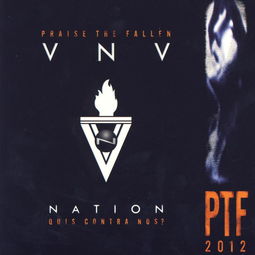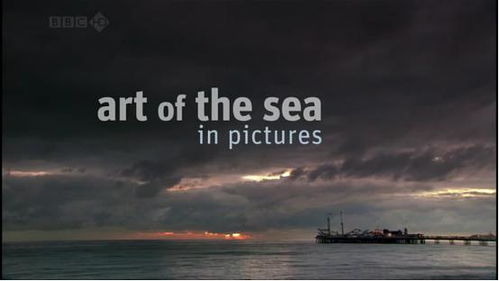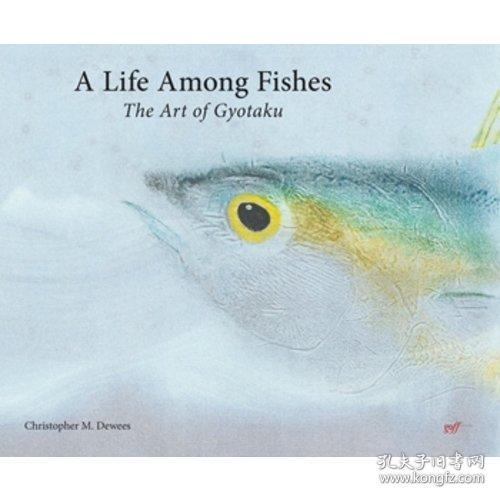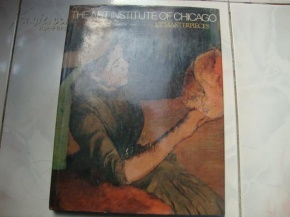Introduction:
Fishing is not just about casting your line into the water and waiting for a bite; it's an art form that requires skill, patience, and a deep understanding of the environment. One of the most crucial aspects of fishing is how to properly prepare your bait. The right bait can make the difference between a successful day on the water and frustration. In this article, we'll delve into the how-tos of correct baiting techniques to help you become a more proficient angler.
Understanding Your Bait:
Before you can effectively use your bait, you need to understand it. Different baits are suitable for different fish species and conditions. Here's a quick guide to some common baits and their uses:
Live Bait: Live bait, such as worms, minnows, or crickets, is often the most effective for catching fish. These baits are appealing because they are naturally occurring in the fish's environment and are highly nutritious.

Artificial Lures: Artificial lures, such as spinners, jigs, and flies, mimic the movement and appearance of real prey. They are great for attracting fish that are more difficult to catch with live bait.
Soft Plastics: Soft plastics are flexible and come in a variety of shapes and sizes. They can be used as both live bait and artificial lures, and they are particularly effective for bass and panfish.
Boilies: Boilies are dough balls made from fishmeal and other ingredients. They are popular for catching carp and other bottom-feeding fish.
Selecting the Right Bait:
To choose the right bait, consider the following factors:
Fish Species: Different fish species have different preferences. For example, catfish are more likely to be attracted to live bait, while trout may be more interested in artificial lures.
Water Conditions: The clarity and temperature of the water can affect which bait is most effective. Clear water may require more subtle presentations, while murky water might call for brighter, more colorful baits.
Season: The time of year can also influence bait selection. In the spring, live bait might be more effective, while in the summer, artificial lures might outperform live bait.
Preparation Techniques:
Once you've chosen the right bait, it's time to prepare it. Here are some tips for preparing different types of bait:
Live Bait: Make sure live bait is fresh and active. Keep it in a well-aerated container and check it regularly to ensure it's still alive.
Artificial Lures: Inspect your lures for any damage and make sure they are properly tuned. Replace any worn-out parts and ensure that the hooks are sharp.
Soft Plastics: Soft plastics can be rigged in various ways, depending on the fish you're targeting. Rig them with the right size and type of hook for the species you're fishing for.
Boilies: Boilies should be soaked in water or a special bait soak to make them more attractive to fish. Avoid over-soaking, as this can make them too soft and difficult to fish.
Fishing Techniques:
Once your bait is prepared, it's time to fish. Here are some general tips for effective fishing techniques:
Cast Wisely: Pay attention to where you're casting your line. Cast directly towards the fish's likely location and avoid casting into the wind unless necessary.
Tie the Knot: Use a strong and reliable knot, such as the Palomar knot or the improved clinch knot, to ensure your bait stays on the line.
Bait Presentation: The way you present your bait can make a big difference. For live bait, let it sink naturally or use a slow retrieve to mimic the natural movement of the prey. For artificial lures, vary your retrieve speed and rhythm to mimic the movement of real insects or fish.
Patience: Fish often take time to bite, so be patient. Wait for a few moments after your bait hits the water before you start reeling in.
Adjust as Needed: Be prepared to adjust your technique based on the fish's reaction. If they're not biting, try changing your bait, rigging, or presentation.
Conclusion:
Mastering the art of baiting is a key component of successful fishing. By understanding your bait, selecting the right type for the situation, preparing it correctly, and using effective fishing techniques, you'll be well on your way to becoming a more proficient angler. Remember, practice makes perfect, so don't be afraid to experiment and learn from each fishing trip. Happy fishing!












